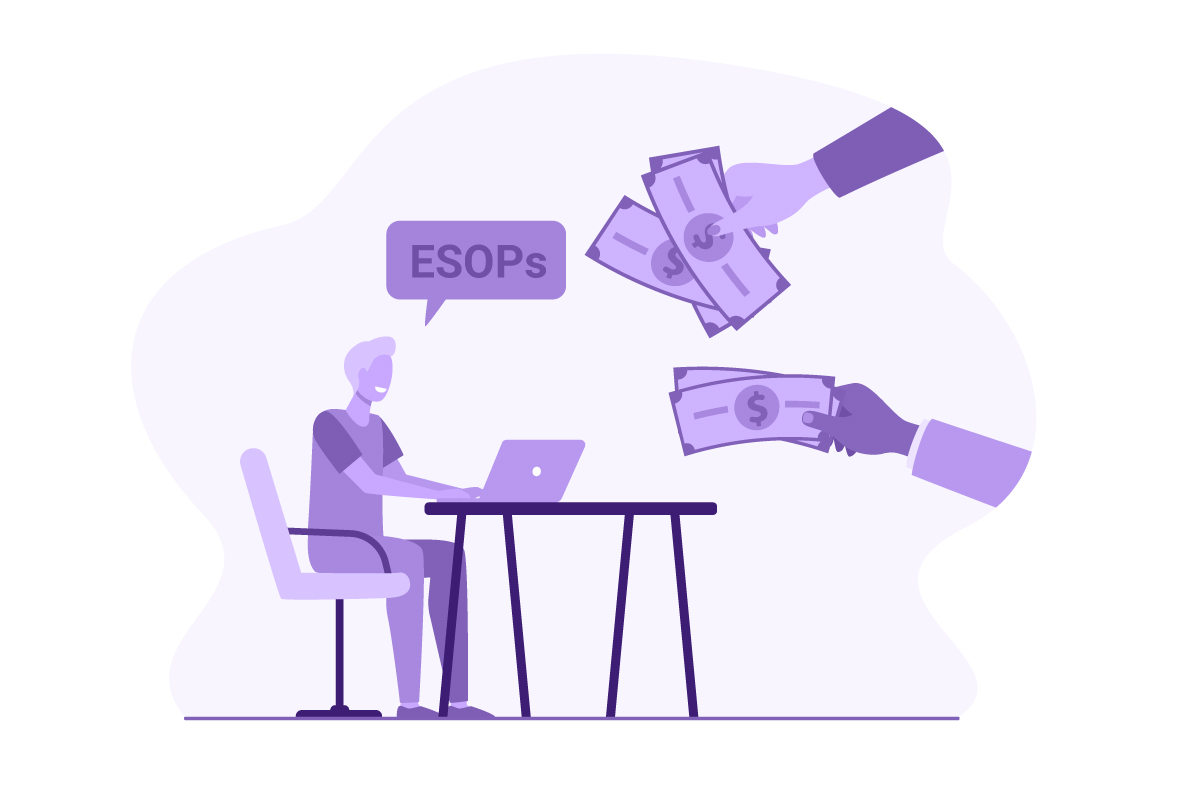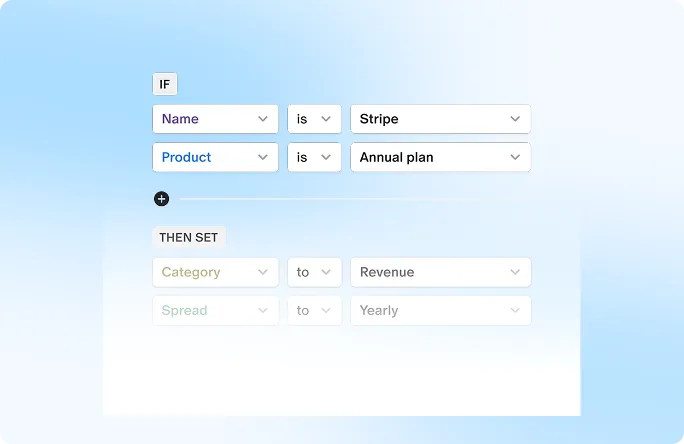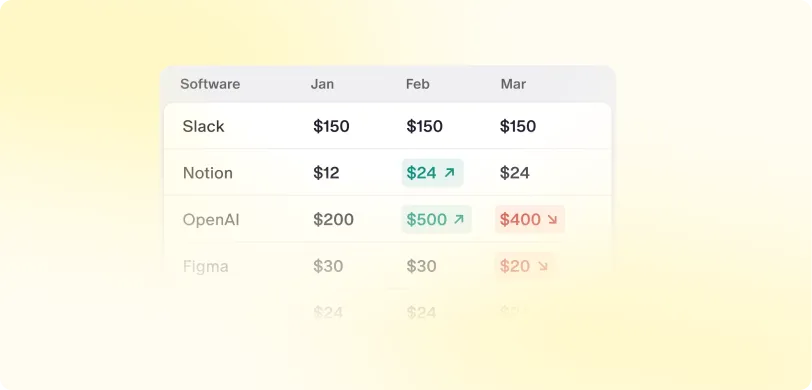“People work differently when they feel like owners because they are.”
A typical salary structure includes basic salary, allowances, bonuses, retirement fund contributions, and insurance benefits, with Long-Term Incentive Plans (LTIPs). In today’s dynamic business era, companies are constantly seeking innovative ways to retain top talent, boost productivity, and align employee goals with long-term company success. One powerful strategy that has emerged over time is Employee Stock Option Plans (ESOPs).
Employee Stock Option Plans (ESOPs) are one of the popular forms of Long-Term Incentive Plans (LTIPs), designed to grant employees the option to purchase company shares By offering ESOPs as part of LTIP, organizations empower employees to directly benefit from the organization's growth, motivating them to drive innovation and contribute to collective success and they are proving to be far more effective than traditional cash bonuses.
Cash Bonuses: A Short-Term Fix
Cash bonuses seem like the perfect reward. They’re simple, tangible, and universally appreciated. Who doesn’t like a little extra money at the end of the year or after completing a tough project?
But when we take a closer look, cash bonuses often fail to deliver long-term value for both employees and employers.
Cash bonuses are often spent as soon as they’re received on gadgets, vacations, EMIs, or daily expenses. While spending gives a momentary boost in happiness, the feeling fades quickly.
“That ₹1 lakh bonus feels great… until your next credit card bill !.”
Within a few weeks, employees have mentally moved on. Where is the motivation linked to that bonus? Gone.
There is no Compounding Value in the case of cash bonuses. Once they’re given, the employer’s ROI stops there. There's no ongoing value created for the employee as well as for the business. Cash bonuses are transactional in nature. They reward past performance, but don’t necessarily inspire future commitment. They rarely make employees feel like they’re part of something bigger.
However, they:
1. Offer only short-term motivation
2. Do not foster emotional or strategic attachment to the company
3. Often get forgotten or undervalued quickly once spent
ESOPs: A Long-Term Growth Engine
ESOPs turn employees into stakeholders. By offering stock options, companies invite employees to share in their success. When companies offer ESOPs, they are sending a powerful message:
"We’re in this together."
ESOPs are transformational. They cultivate a culture where every employee acts like a partner, not just a participant. For companies aiming to scale sustainably and create high-impact teams, embracing ESOPs is not just a financial strategy, it’s a cultural revolution. ESOPs are designed to turn employees into co-owners, strategic thinkers, and long-term contributors.
ESOPs are creating a Sense of Ownership Employees think like owners, not just workers. They are more committed, proactive, and invested in long-term outcomes. It boosts retention as employees are more likely to stay and grow with the company. Employees are more likely to innovate, improve efficiency, and solve problems proactively, knowing their personal wealth is tied to the company’s success. some well-known big companies that have used ESOPs as part of their Long-Term Incentive Plans (LTIPs) such as Infosys, Wipro, Reliance Industries, TCS etc.
“As per our Survey Report 2025 we noticed that 40% of companies are using ESOPs as a tool during compensation reviews, showing that equity is becoming integral to reward frameworks. 97% of Listed Companies reported a moderate to significant cultural shift due to equity ownership, affirming its role in driving organizational alignment and employee engagement.”
A well-designed ESOP plan should consider the stage of the company, projected growth, employee roles, and expected value creation. Vesting schedules, cliff periods, and the proportion of equity allocated must be crafted in a way that ensures retention while not diluting existing shareholders excessively.
Employees need to understand what ESOPs are, how they work, what value they hold, and how they align with their growth in the company. From grant letters to periodic valuation updates, transparent and jargon-free communication builds trust. ESOPs only create tangible value when there's a clear path to liquidity. Whether it's a buyback policy, secondary sales, acquisition, or IPO employees need to know how and when they can monetize their equity. Clearly outlining possible liquidity events at the time of ESOP issuance builds credibility and drives long-term employee commitment.
ESOPs should be distributed across levels from leadership to mid-management and even critical junior staff. This broad-level distribution promotes a collective ownership culture where every team member feels responsible for the company’s success. It motivates performance at all levels and enhances overall morale and retention.
ESOPs work best when employee interests mirror company goals. When employees are given equity, they begin to think like owners not just workers. This alignment results in better decision-making, higher productivity, and a stronger focus on sustainable growth. Whether it’s achieving product milestones, improving customer retention, or hitting profitability when employees are financially invested in the outcome, they are more driven to contribute meaningfully.
Ownership culture encourages:
1. Transparency and accountability
2. Stronger team collaboration
3. Long-term vision over short-term gains
4. Resilience during challenging times
One of the underrated benefits of ESOPs is how they drive financial literacy inside the company. Employees with stock options are more curious about:
1. Revenue trends
2. Profit margins
3. Fundraising rounds or valuation updates
ESOPs can often be more tax-efficient for both employer and employee (especially in startups and high-growth companies).
For Employees:
1. No tax is payable at the time of grant.
2.Tax arises only on exercise (as a perquisite) and on sale (as capital gains), allowing employees to defer taxation until actual liquidity is achieved.
For Employers:
1. ESOP grants are typically a non-cash expense for the company, recorded as compensation costs over the vesting period, allowing employers to preserve cash flow while rewarding employees. ESOP expenses are accounted for according to relevant standards, such as Ind-AS 102 and IGAAP and amortized over the vesting period of the options.
2. Under the Income Tax Act, expenses related to ESOPs are generally treated as allowable business expenditure under Section 37(1). Companies can claim deductions for ESOP expenses, reducing their taxable income and, consequently, their tax liability.
(A landmark case law supporting this view is the Karnataka High Court ruling in the case of Biocon Ltd. vs. DCIT. The court held that the discount offered on the issuance of ESOPs is an allowable business expense, as it is incurred to compensate employees for their services and is not a capital or personal expenditure. The court emphasized that the primary objective of ESOPs is to reward and retain employees, and the resulting cost is a legitimate business expense.)
For startups and high-growth companies, this is a win-win cash is conserved, and employees are rewarded meaningfully through equity growth.
Ready to build an ownership-driven team?
Start with ESOPs.
“Because great companies aren’t just built by leaders, they’re built by owners”


 Equity management
Equity management

 Fund management
Fund management

 Fund management
Fund management

 Fund management
Fund management










































